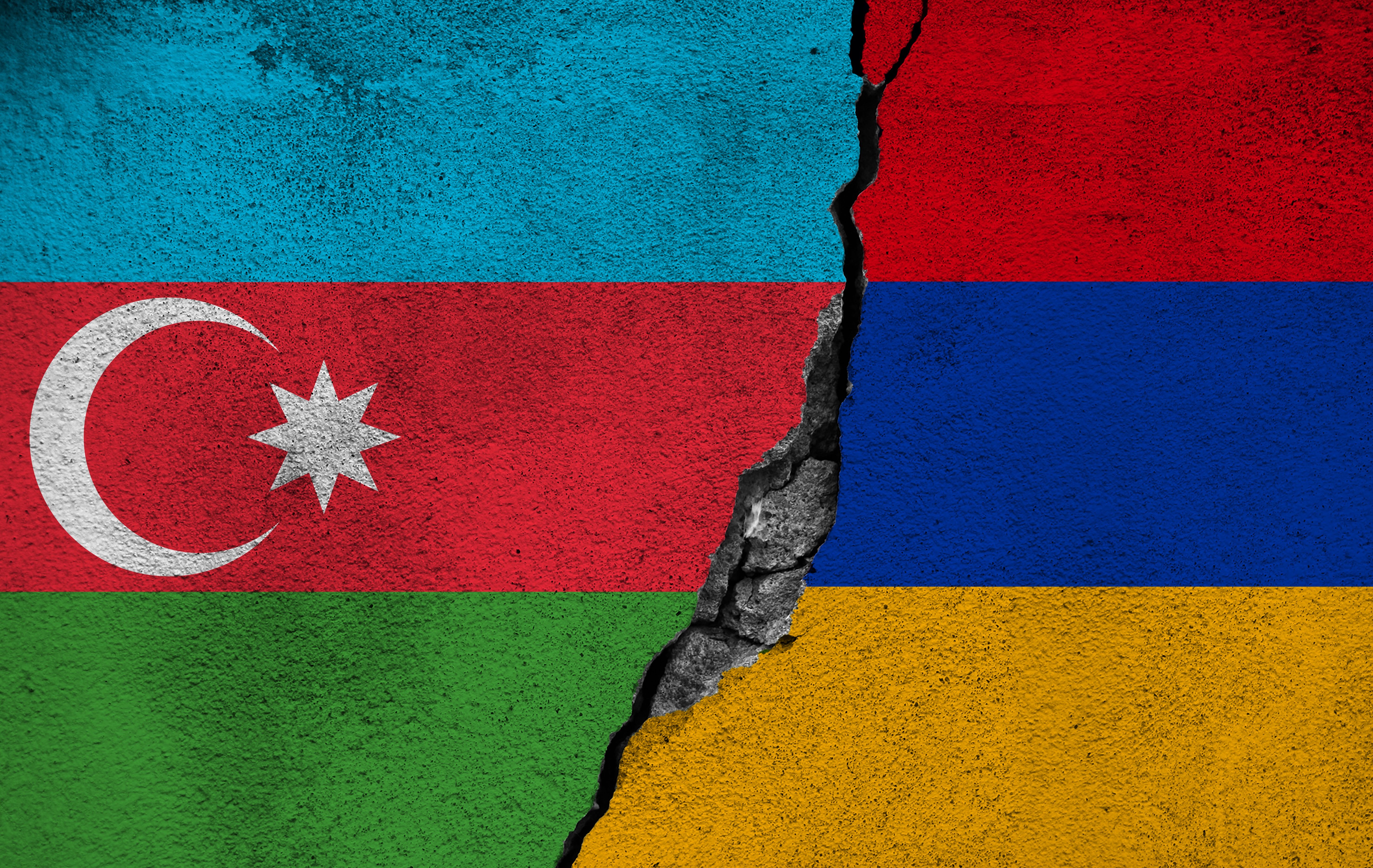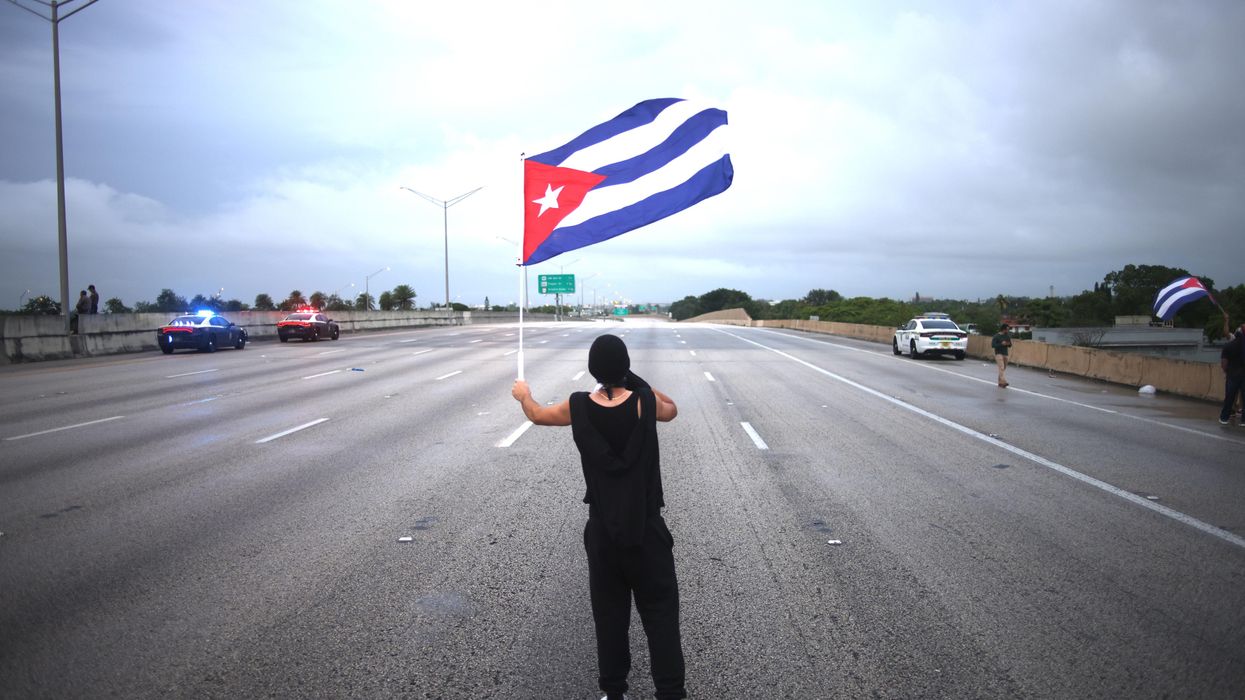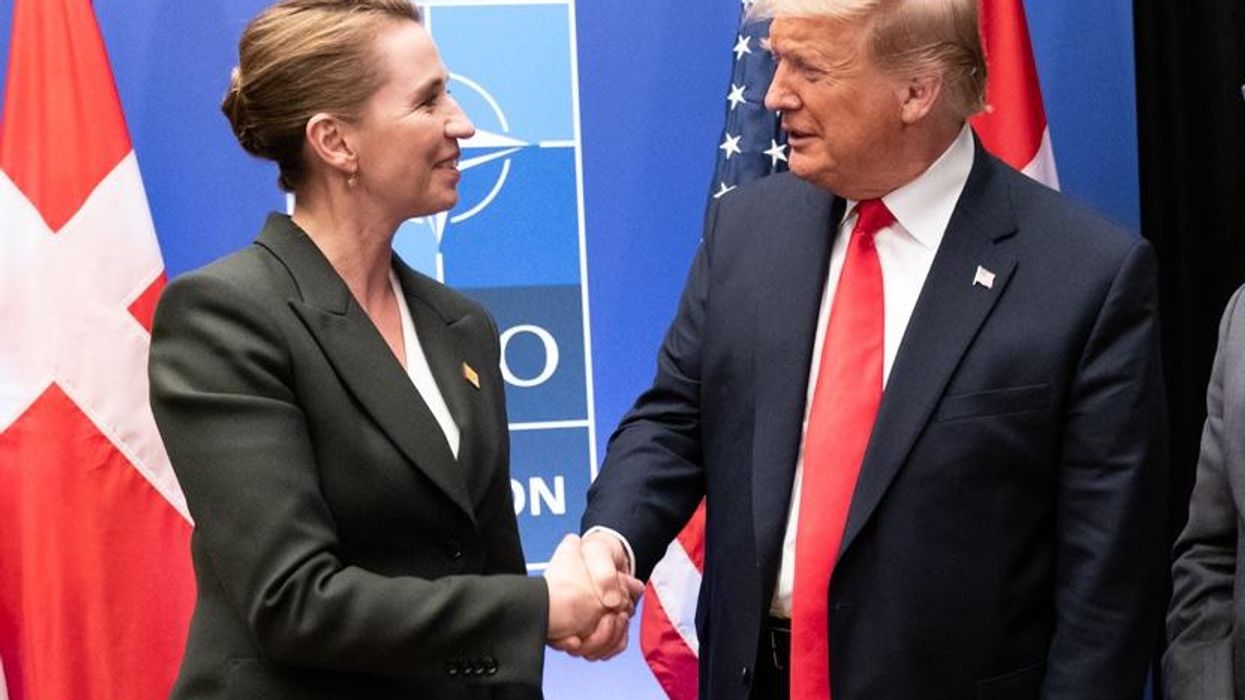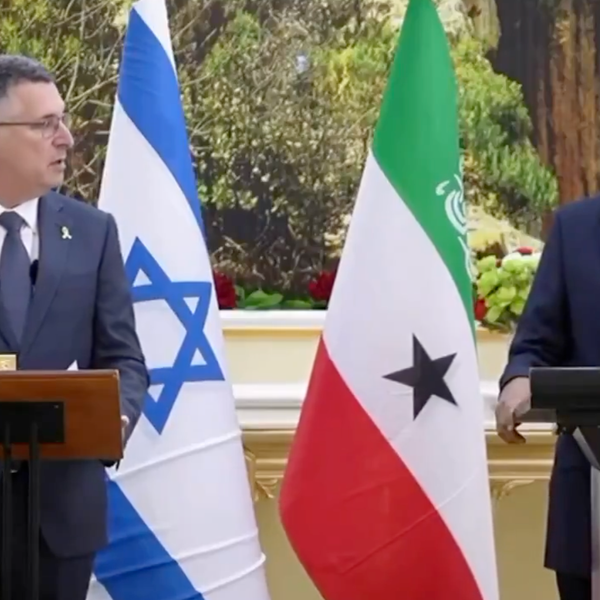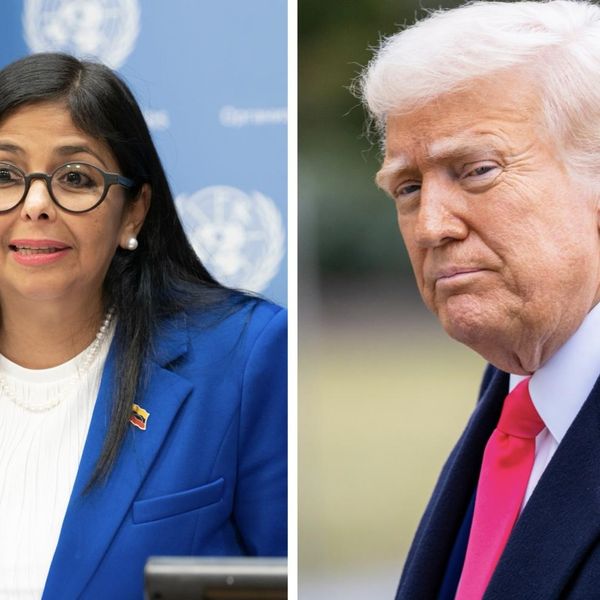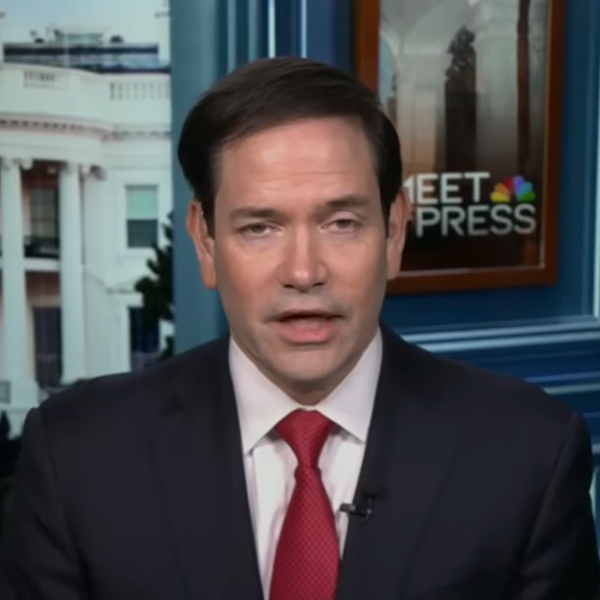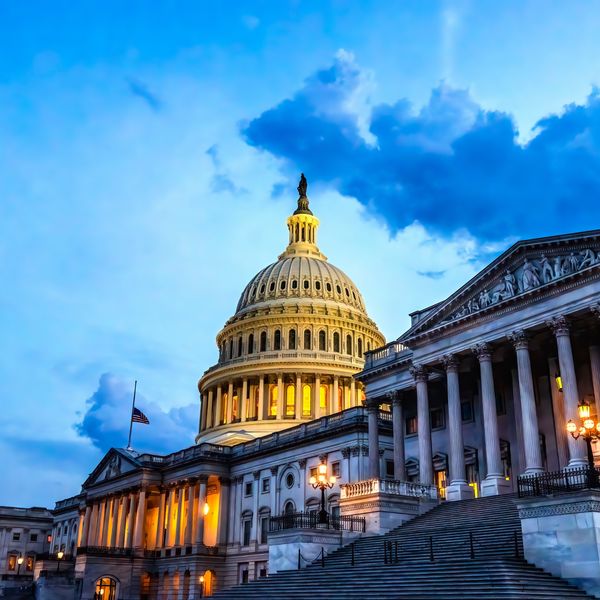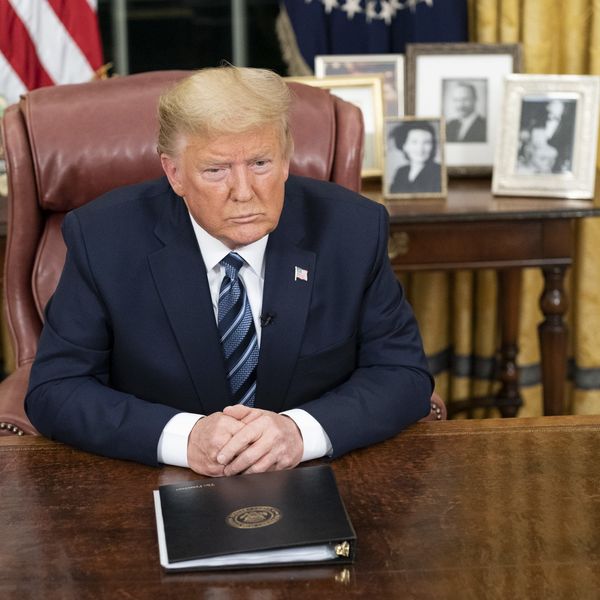Another Azerbaijani war against Armenia with potential for significant regional destabilization is imminent. Yet, it is preventable.
Azerbaijan, supported by Turkey and Russia, claims the right to an extra-territorial “corridor” through Southern Armenia. Following the United Nations Climate Change Conference (COP29 — November 11-22, 2024) in Azerbaijan’s capital Baku, when the world attention is elsewhere, the risk of an Azerbaijani offensive to grab the “corridor” by force will increase significantly.
Armenia could preempt this violent outcome by urging comprehensive negotiations with Azerbaijan, also engaging regional and global powers.
The September 2023 Azerbaijani offensive against the Nagorno-Karabakh Republic (NKR) and the ethnic cleansing of the Armenians there fundamentally altered the geopolitical landscape and terminated the November 9, 2020 tripartite ceasefire agreement that ended the 44-day Azerbaijani war against the unrecognized NKR. The agreement was signed by Armenia, Azerbaijan and Russia, based on which Azerbaijan claims the right to a “corridor” through southern Armenia’s Syunik Province, which Azerbaijan calls “Zankezur.”
With the tripartite agreement, labeled as a “statement,” the parties pledged to “a complete ceasefire and termination of all hostilities in the area of the Nagorno-Karabakh conflict” (Article 1). Further, they agreed to deploy Russian “peacemaking forces … along the contact line in Nagorno-Karabakh and along the Lachin Corridor,” connecting NKR to Armenia (Article 3).
The purpose of the tripartite agreement formulated in Article 1 ceased to exist with the complete breakdown of the ceasefire when Azerbaijan launched an all-out offensive against NKR on September 19, 2023. The nine-month Azerbaijani blockade of the Lachin Corridor preceding the offensive breached Article 3. And the premature withdrawal of the Russian “peacemaking forces” from NKR in April 2024, also breaching Article 3, confirmed the end of the agreement. With the material breaches of these three fundamental clauses, the tripartite agreement could be considered terminated in accordance with Article 60 of the Vienna Convention on the Law of Treaties.
Moreover, unlike the reference to the “Lachin Corridor” in Article 3, the tripartite agreement does not use the term “corridor” for the transportation link through southern Armenia. Instead, the agreement stipulates four obligations in Article 9: (a) “economic and transport connections in the region shall be unblocked;” (b) “Armenia shall guarantee the security of transport connections” between Azerbaijan and its Nakhichevan exclave for “unobstructed movement of persons, vehicles and cargo in both directions;” (c) the Border Guard Service of Russia “shall be responsible for overseeing the transport connections;” and (d) subject to agreement between the Parties, the construction of new transport communications to link Nakhichevan with the western regions of Azerbaijan will be ensured.
Consequently, the “economic and transport connections” foreseen are not limited only through southern Armenia for Azerbaijan’s use, but also must be “unblocked” throughout the region, including for Armenian transport through Azerbaijan to Russia and elsewhere (a). The transport connections through Armenia must be under Armenian sovereignty, otherwise it could not “guarantee the security” (b), and it must be “subject to agreement between the Parties” (d), meaning further negotiations will be required, if not requiring a new agreement between Armenia, Azerbaijan, and Russia, the signatories of the tripartite agreement.
For strategic considerations and goodwill, Armenia may decide not to consider terminated the November 9, 2020 tripartite ceasefire agreement, and instead may prefer to negotiate the terms of the communication links in accordance with the agreement. While resisting concessions demanded by Azerbaijan, Armenia could consider offering secure and guaranteed transit rights between Azerbaijan and Nakhichevan, a core Azerbaijani need, regardless of the label used, “economic and transport connections” or “Zangezur Corridor.” The transit rights must be under clearly defined terms and subject to strict Armenian sovereignty and control, but with international monitoring. The agreed transport connection must not interrupt Armenia’s border and communication links with Iran.
Additionally, Armenia and Azerbaijan must agree on customs, border security, and inspections, if any. Reciprocal rights for travel through Azerbaijan must be considered as well. The agreement must also safeguard against the specter of any territorial claims from Armenia.
Last month, Iran’s Foreign Minister Abbas Araghchi warned Russia and Azerbaijan that any corridor through southern Armenia must not block the border between Armenia and Iran — “territorial integrity of our neighbors or redrawing of boundaries is totally unacceptable and a red line for Iran.”
To sweeten the offer, Armenia could consider a joint Armenian, Azerbaijani, and international community financed infrastructure development consisting of rail, highway, bridges and tunnels for the benefit of both countries and to promote regional integration. Azerbaijan has already commenced the development of a rail and highway infrastructure on its side of the border to connect with the “economic and transport connections” through southern Armenia yet to be agreed.
Armenia and Azerbaijan could also consider demilitarizing certain border areas linked to the corridor infrastructure development based on reciprocity and security guarantees, thus creating a buffer zone and reducing future military confrontation risks. Whether military personnel and equipment will be allowed across the corridor should be part of the agreement to be negotiated.
De-escalation of mutual hostile rhetoric to build trust could be part of the negotiations for an agreement on the corridor, including the release of the 23 Armenian prisoners now held in Baku. Border delimitation and delineation, and the renunciation of the threat or use of force by Azerbaijan must be part of any corridor agreement.
Regional powers, including Iran and India, could be instrumental in persuading Russia to deter Azerbaijan from a military seizure of the “Zangezur Corridor” and instead to pursue the peaceful alternative outlined in this article. Once on board, Russia in turn could convince Turkey to support the peaceful alternative for the corridor linking Azerbaijan mainland with its Nakhichevan exclave, Turkey and beyond.
Strong, coordinated messaging from the U.S. and Europe to Azerbaijan could go a long way that the threat and use of force is unacceptable, and that any economic and transport connection arrangement must be negotiated peacefully and must respect Armenia’s sovereignty and territorial integrity. Sanctions must be on the table if Azerbaijan escalates tensions or threatens the use of force again.
The U.S. and EU could have an active involvement in the peace process, providing a neutral platform for negotiations and ensuring that an agreement is implemented in good faith. The U.S. and Europe must be mindful not to undermine Russian and Iranian support for an agreement on the peaceful resolution of the Azerbaijani claim of a corridor. Without input from both Iran and Russia, the current rhetoric over “Zangezur Corridor” is likely to lead to renewed Azerbaijani aggression against Armenia.
It is imperative that Armenia act proactively to prevent a new war in the South Caucasus. By leveraging diplomatic pressure, economic incentives and disincentives, and security guarantees, powers in the region and beyond can assume a crucial role in averting a new crisis and supporting a peaceful resolution. Armenia, while maintaining its sovereignty, can offer carefully crafted compromises to create a win-win outcome for all.

